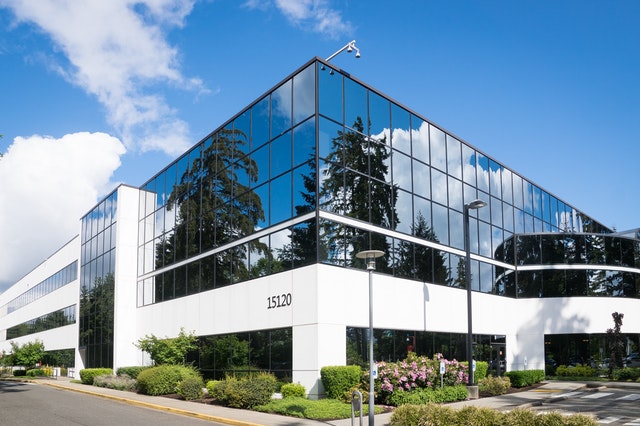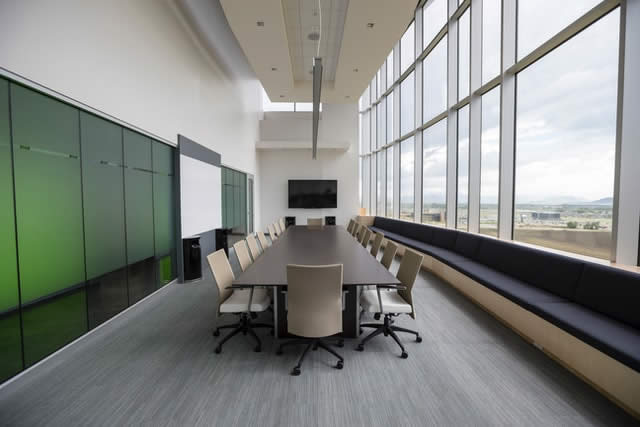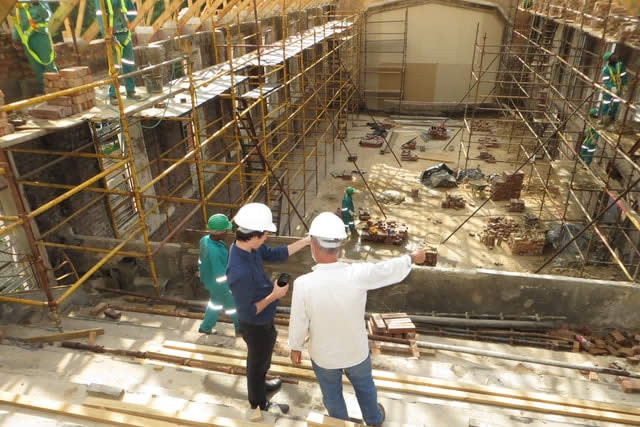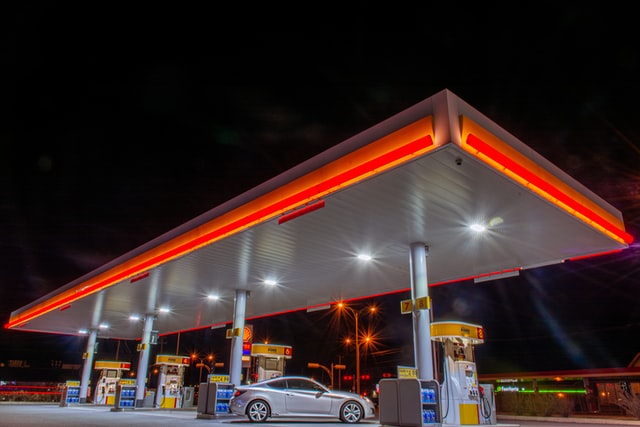Considering the economic environment and its recent effects on commercial real estate, going green is a wise way to cut costs in operating office buildings, retail stores, manufacturing facilities and malls.
Tenants and owners may enjoy significant savings in utility costs if they adopt any number of green business practices, and they’ll be helping the environment, too.
Of course, window films are just one way to reduce energy costs in your office. Consider the following green options:
A. Mineral wool insulation
Although mineral wool forms naturally, it is manufactured for commercial purposes using basalt and iron-ore slag that is melted, spun into fibers, and held together with a special resin. This material provides excellent thermal resistance, as well as sound attenuation and flame resistance. Coupled with the EPA’s requirement that it be made from 75% recycled content, mineral wool is an attractive choice for green commercial building insulation.
B. Efficient lighting
The topic of green lighting is so vast that it deserves an article of its own. Commercial tenants and owners should research their options, which range from light-emitting diodes (LEDs) and compact fluorescent lighting (CFL) to the lesser-known implementation of light tubes, light shelves, and clerestory windows.
C. Leakage through the building envelope
An enormous amount of heat is lost in commercial offices through gaps in the building envelope, in such places as electrical outlets, mail slots, window frames, baseboards, and around pipes and wires. An InterNACHI inspector trained in performing energy audits can perform the tests necessary to determine where energy is lost and how to resolve the problem.
About the Commercial Property Inspection
The inspection will be performed in accordance with the International Standards of Practice for Inspecting Commercial Properties (ComSOP) — an industry-accepted guideline and a proven process and system.
The commercial inspection is a thorough visual examination of the condition of a property. It provides an inventory of the building’s major systems and components, and an assessment of their physical and functional condition. These findings will reveal the property’s strengths and potential deficiencies, as well as deferred maintenance issues.
All commercial buildings have limitations and are generally costly to maintain and repair. The commercial property inspection will help the client better understand how well the property is holding up, as well as give them a good idea of anticipated maintenance and repairs moving forward from the day of the walk-through survey.
Schedule with Commercial Property Inspections of Atlanta
Regardless of the scope of the inspection ordered, the commercial inspection report will describe physical deficiencies that could potentially create the need for an expensive repair and/or risk the safety of building’s occupants. Every commercial property inspection project is different. Contact us to discuss the specific needs for your project, and learn more about commercial building inspections and how to prepare for a commercial property inspection.
Keep in mind, a commercial property inspection will pay for itself many, many times over. It is crucial when assessing the strength and long-term viability of a capital asset.





